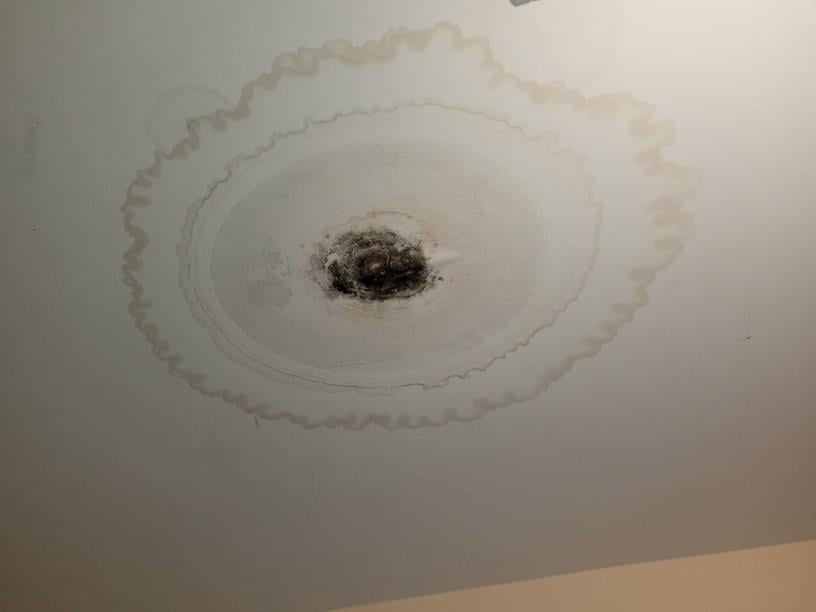How to Check If Your Home Has a Hidden Leakage
How to Check If Your Home Has a Hidden Leakage
Blog Article
Are you on the lookout for advice about Top leak detection hacks?

Early detection of leaking water lines can alleviate a potential calamity. Aside from conserving you cash, it will minimize the stress and stress. The minute you discover a leakage, calling your plumber for repair services is the best service. However, some tiny water leaks may not show up. Here are some hacks that help if you can not discover it with your naked eyes.
1. Examine the Water Meter
Every house has a water meter. Examining it is a guaranteed manner in which helps you discover leaks. For beginners, shut off all the water sources. Guarantee nobody will purge, use the tap, shower, run the cleaning maker or dishwasher. From there, most likely to the meter and also watch if it will alter. Because no one is utilizing it, there should be no motions. That suggests a fast-moving leakage if it relocates. If you find no adjustments, wait an hour or 2 as well as inspect back again. This implies you may have a slow-moving leakage that could also be below ground.
2. Inspect Water Intake
If you find unexpected modifications, in spite of your usage being the very same, it indicates that you have leakages in your plumbing system. An abrupt spike in your costs shows a fast-moving leak.
Meanwhile, a steady rise monthly, even with the same practices, reveals you have a slow-moving leakage that's likewise slowly intensifying. Call a plumber to thoroughly check your home, specifically if you feel a cozy area on your floor with piping below.
3. Do a Food Coloring Examination
When it comes to water usage, 30% comes from bathrooms. If the color in some way infiltrates your dish throughout that time without flushing, there's a leakage in between the tank and dish.
4. Asses Outside Lines
Do not neglect to examine your outside water lines also. Test faucets by connecting a yard hose pipe. Should water seep out of the link, you have a loose rubber gasket. Replace this and make certain all links are tight. If you've got a sprinkler system, it will certainly help get it professionally examined and also maintained annually. One little leak can waste tons of water as well as increase your water costs.
5. Evaluate as well as Examine the Circumstance
Homeowners ought to make it a routine to examine under the sink counters and also inside cupboards for any bad odor or mold and mildew development. These 2 red flags indicate a leak so punctual attention is called for. Doing routine examinations, also bi-annually, can save you from a significant problem.
Inspect for discolorations and compromising as many home appliances and also pipelines have a life span. If you suspect dripping water lines in your plumbing system, don't wait for it to intensify.
Early detection of dripping water lines can reduce a prospective calamity. Some tiny water leakages may not be noticeable. Examining it is a guaranteed way that assists you discover leaks. One small leak can squander tons of water and also surge your water bill.
If you suspect dripping water lines in your plumbing system, do not wait for it to escalate.
WARNING SIGNS OF WATER LEAKAGE BEHIND THE WALL
PERSISTENT MUSTY ODORS
As water slowly drips from a leaky pipe inside the wall, flooring and sheetrock stay damp and develop an odor similar to wet cardboard. It generates a musty smell that can help you find hidden leaks.
MOLD IN UNUSUAL AREAS
Mold usually grows in wet areas like kitchens, baths and laundry rooms. If you spot the stuff on walls or baseboards in other rooms of the house, it’s a good indicator of undetected water leaks.
STAINS THAT GROW
When mold thrives around a leaky pipe, it sometimes takes hold on the inside surface of the affected wall. A growing stain on otherwise clean sheetrock is often your sign of a hidden plumbing problem.
PEELING OR BUBBLING WALLPAPER / PAINT
This clue is easy to miss in rooms that don’t get much use. When you see wallpaper separating along seams or paint bubbling or flaking off the wall, blame sheetrock that stays wet because of an undetected leak.
BUCKLED CEILINGS AND STAINED FLOORS
If ceilings or floors in bathrooms, kitchens or laundry areas develop structural problems, don’t rule out constant damp inside the walls. Wet sheetrock can affect adjacent framing, flooring and ceilings.
https://www.servicemasterbyzaba.com/blog/how-to-detect-water-leakage-in-walls/

As a devoted person who reads about Top leak detection hacks, I thought sharing that excerpt was a smart idea. Appreciated our blog posting? Please share it. Help other people locate it. I praise you for your time. Visit us again soon.
Report this page